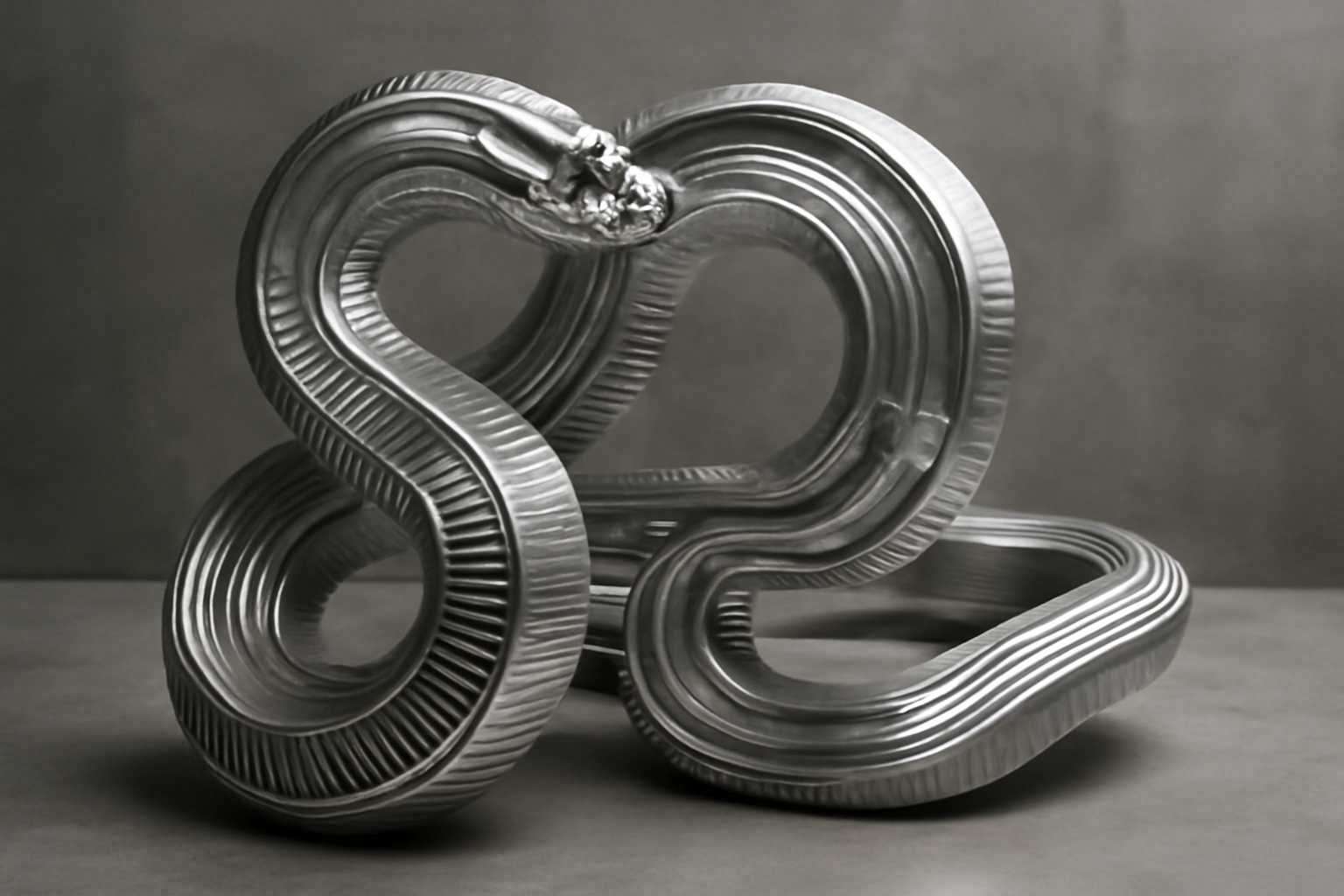Creating a Sealed Water Channel Inside a Massive Aluminum Casting for PC Water Cooling
Water cooling has become a popular choice among PC enthusiasts looking to push performance while keeping their systems cool and quiet. But what if you could take water cooling one step further — by integrating the cooling loop directly into a custom metal casting? This idea was brilliantly brought to life in a recent project where a massive aluminum snake casting was transformed into a *sealed water channel* to serve as a unique and functional water cooling loop.
The Challenge: How to Create a Sealed Water Channel Inside a Casting
When you think about water cooling, tubing and fittings are usually external components attached to the CPU block, radiators, and pumps. But embedding the water channel inside a solid aluminum casting presents a whole new set of challenges. The main problem? How do you create a fully sealed, leak-proof water channel inside a dense, complex casting? This is crucial because any leak would be catastrophic for PC hardware.
The project detailed on Hackaday showcases the ingenuity behind solving this problem. The creator wanted to fabricate a massive aluminum snake-shaped casting that doubles as a water cooling loop. The casting itself needed to have internal hollow passages through which coolant could flow freely and safely.
Methods Explored for Internal Water Channels
Creating internal cavities inside a metal casting usually involves one of two approaches:
- Lost Core (or Lost Wax) Casting: A core made of a material that can be removed after casting (like wax or sand) is placed inside the mold to form hollow spaces. Once the metal solidifies, the core is extracted, leaving behind internal voids.
- Machining or Drilling: After casting a solid block, channels are machined or drilled out to create water paths. However, this method is limited by tooling access, the complexity of channel shapes, and can weaken the structure.
For the snake casting, the lost core method was preferred because it allowed the complex, serpentine internal channels to be formed in one piece without post-machining. However, this introduced the challenge of ensuring the core material could be fully removed and that the resulting channels were perfectly sealed and smooth for optimal water flow.
Sealing the Water Channel: Materials and Techniques
Even after successfully casting the aluminum with internal channels, the next issue was guaranteeing the channel was completely sealed and leak-proof. Aluminum itself is porous at a microscopic level, and imperfections can cause leaks under pressure.
Some key techniques used included:
- Internal Surface Coating: Applying specialized sealants or coatings inside the channels to fill microscopic pores and smooth the surface.
- Pressure Testing: Before final assembly, the casting was filled with water and pressurized to detect any leaks early on.
- Careful Design of Inlet/Outlet Ports: The points where tubing connects to the casting were designed with precision fittings and gaskets to ensure airtight seals.
By combining these methods, the creator was able to transform a striking piece of aluminum art into a fully functional water cooling loop, capable of circulating coolant through its internal passages without leaking.
Why Embed the Water Channel in the Casting?
This approach offers several advantages over traditional water cooling setups:
- Unique Aesthetic: The aluminum snake casting doubles as a piece of industrial art, making the cooling system an eye-catching centerpiece inside the PC.
- Improved Thermal Conductivity: With coolant flowing inside the metal casting, heat transfer from the aluminum to the water is more direct and efficient.
- Reduced Complexity: No external tubing or bulky blocks are needed, simplifying the build and reducing potential leak points.
The project demonstrates that with careful planning and innovative casting techniques, it’s possible to combine form and function in ways that elevate PC water cooling into a new creative realm.
Final Thoughts
Creating a sealed water channel inside a metal casting is no small feat. It requires a deep understanding of casting techniques, materials science, and fluid dynamics. The massive aluminum snake casting project highlights how engineering challenges can be overcome through thoughtful design and experimentation.
If you’re interested in exploring advanced water cooling ideas or unique PC builds, this project is a fantastic inspiration. You can read the full details and see the impressive build photos on Hackaday.
Whether you’re a hobbyist or professional, pushing the boundaries of what’s possible with custom water cooling is an exciting journey — and innovations like embedded water channels in castings are leading the way.

Leave a Reply